NE LAISSER PAS LE 5G DETRUIRE VOTRE ADN Protéger toute votre famille avec les appareils Quantiques Orgo-Life® Publicité par Adpathway
PARIS – 25 Mai 2024 –
L’accessibilité web est cruciale pour garantir que tous les internautes, y compris ceux ayant des handicaps, puissent naviguer et interagir avec un site. Cet article explique pourquoi l’accessibilité web est essentielle, qui est concerné, où et comment la mettre en œuvre, et quand il faut la prioriser. Mais ne vous arrêtez pas là, découvrez comment ces pratiques peuvent transformer vos sites et améliorer votre référencement !
Here’s a breakdown of the provided HTML snippets, focusing on the key elements and their purpose:
General Structure
Each snippet represents a “dip-article-block” which seems to be a reusable component for displaying article previews. Thay all follow a similar pattern:
- dip-article-block Container: The outer div with the class dip-article-block acts as the main container for the article preview. The is-style-normal class likely applies default styling. The cross-site-post class suggests these articles are being pulled from different websites.
- article-block-media: This div contains the image associated with the article.
img Tag:
class="attachment-Horizontal size-Horizontal wp-post-image": These classes indicate the image is intended to be displayed horizontally and is highly likely managed by WordPress.
alt="...": Crucially vital for accessibility and SEO. The alt attribute provides a text description of the image. This is where the most variation and potential issues lie.
loading="lazy": Improves page performance by only loading images when they are near the viewport.
responsive-image="1": likely triggers some JavaScript or CSS to make the image responsive (adjust its size based on screen size).
bad-src="...": A fallback URL if the primary src fails to load.This is a good practice.
src="...": The primary URL of the image.
- article-block-content: This div contains the text content of the article preview, typically the headline.
h4 Tag: The headline of the article.
span Tag: Frequently enough used for styling or to isolate a specific part of the headline.
Key Observations and Potential Issues
alt Text Quality: the quality of the alt text varies considerably. Some are good, descriptive summaries of the image. Others are incomplete, contain code-like fragments, or are missing entirely. This is the biggest area for improvement. A good alt text should accurately describe the image’s content in a concise way. For example:
Instead of alt="Fashion: Skirts",a better alt text might be alt="A woman wearing a long,flowing floral skirt."
The alt text that starts with "" o fimfa uma coisa que ainda muita gente n descobriu..." is wholly nonsensical and needs to be replaced with a proper description of the image.
An empty alt attribute (alt="") is acceptable only if the image is purely decorative and adds no meaning to the content. Otherwise,it should always have a descriptive value.
Image URLs: The URLs point to images.trustinnews.pt, suggesting a central image repository. The file naming convention (250514pexels-markusspiske-3806754wm.jpg) seems to include a date and potentially a source or identifier.
Responsive Images: The responsive-image="1" attribute suggests that the images are handled responsively, but the code doesn’t show how this is implemented. ideally, you’d see srcset attributes on the img tag to provide different image sizes for different screen resolutions. bad-src Attribute: The bad-src attribute is a good practice for providing a fallback image if the primary src fails. Missing Content: One of the article blocks is missing the article-block-content div entirely. This means there’s an image but no title or description associated with it. This should be fixed.
Recommendations
- Prioritize alt Text: Review and improve the alt text for every image. Ensure it’s descriptive, accurate, and concise. Use keywords relevant to the article topic, but avoid keyword stuffing.
- Ensure All Articles Have Titles: Make sure every dip-article-block has an article-block-content div with a title (h4).
- Implement Proper Responsive Images: Use the srcset attribute on the img tag to provide different image sizes for different screen resolutions. This will improve page load times and user experience, especially on mobile devices. Consider using the sizes attribute as well for more fine-grained control.
- Validate HTML: Use an HTML validator to check for any syntax errors or invalid markup.
- Consider a CMS: If you’re not already using one, a Content Management System (CMS) like wordpress can greatly simplify the process of managing images and content, and often provides built-in features for accessibility and SEO.
Example of Improved img Tag (with responsive images and better alt text):


.png) 1 month_ago
22
1 month_ago
22






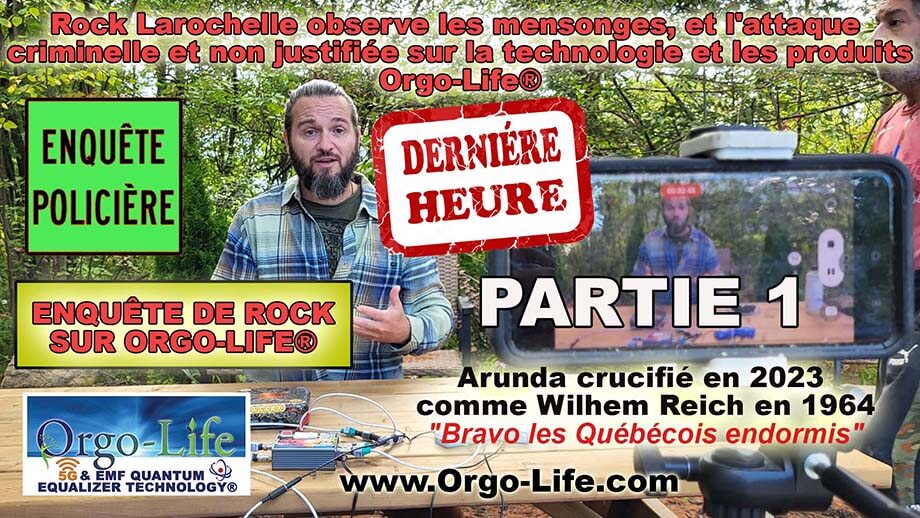
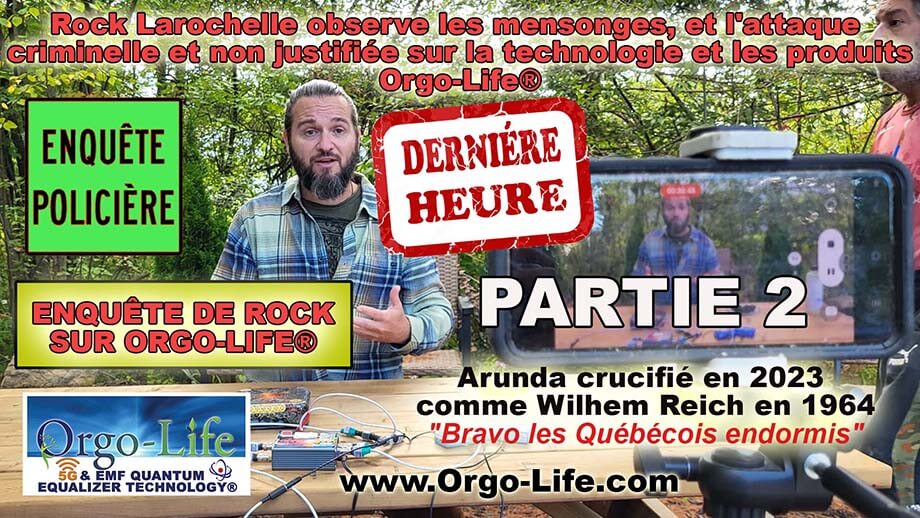


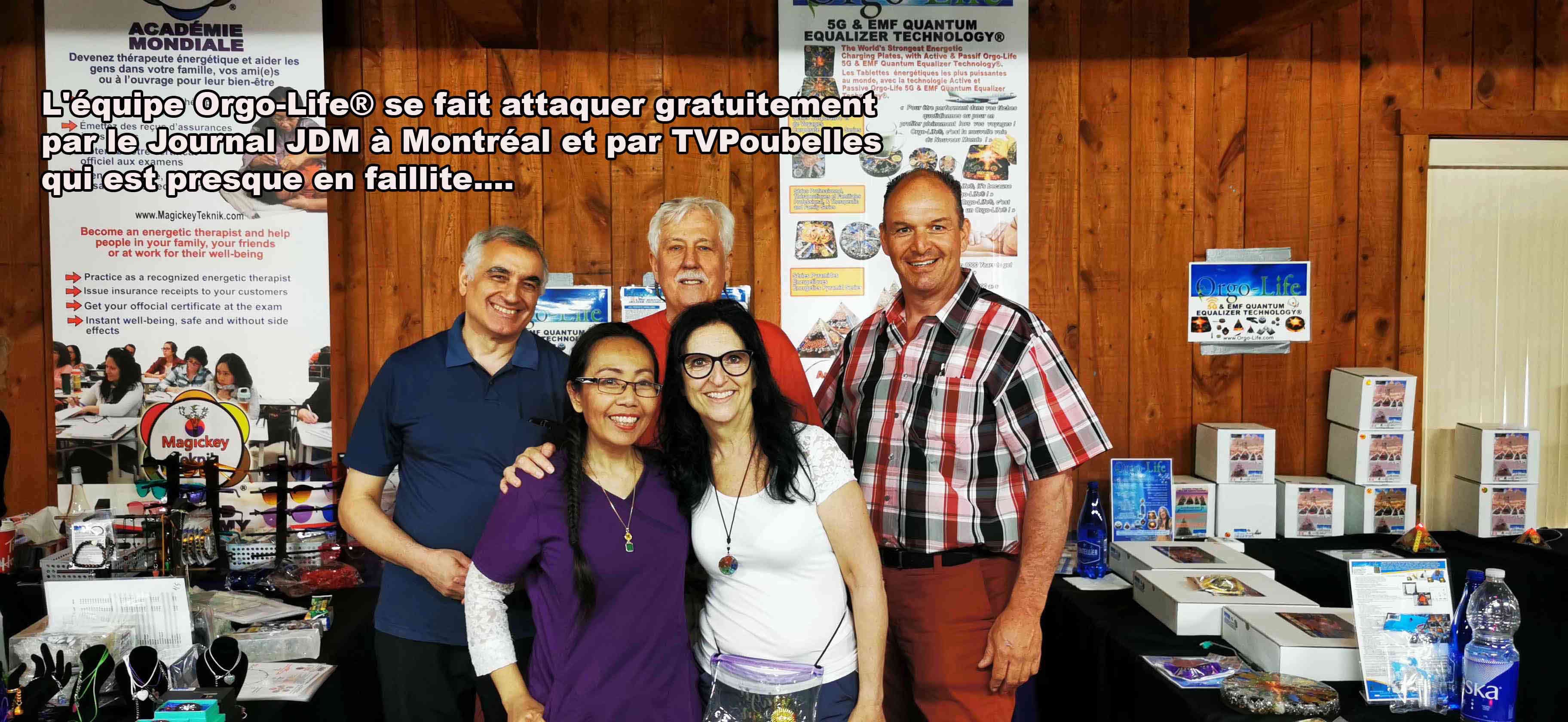


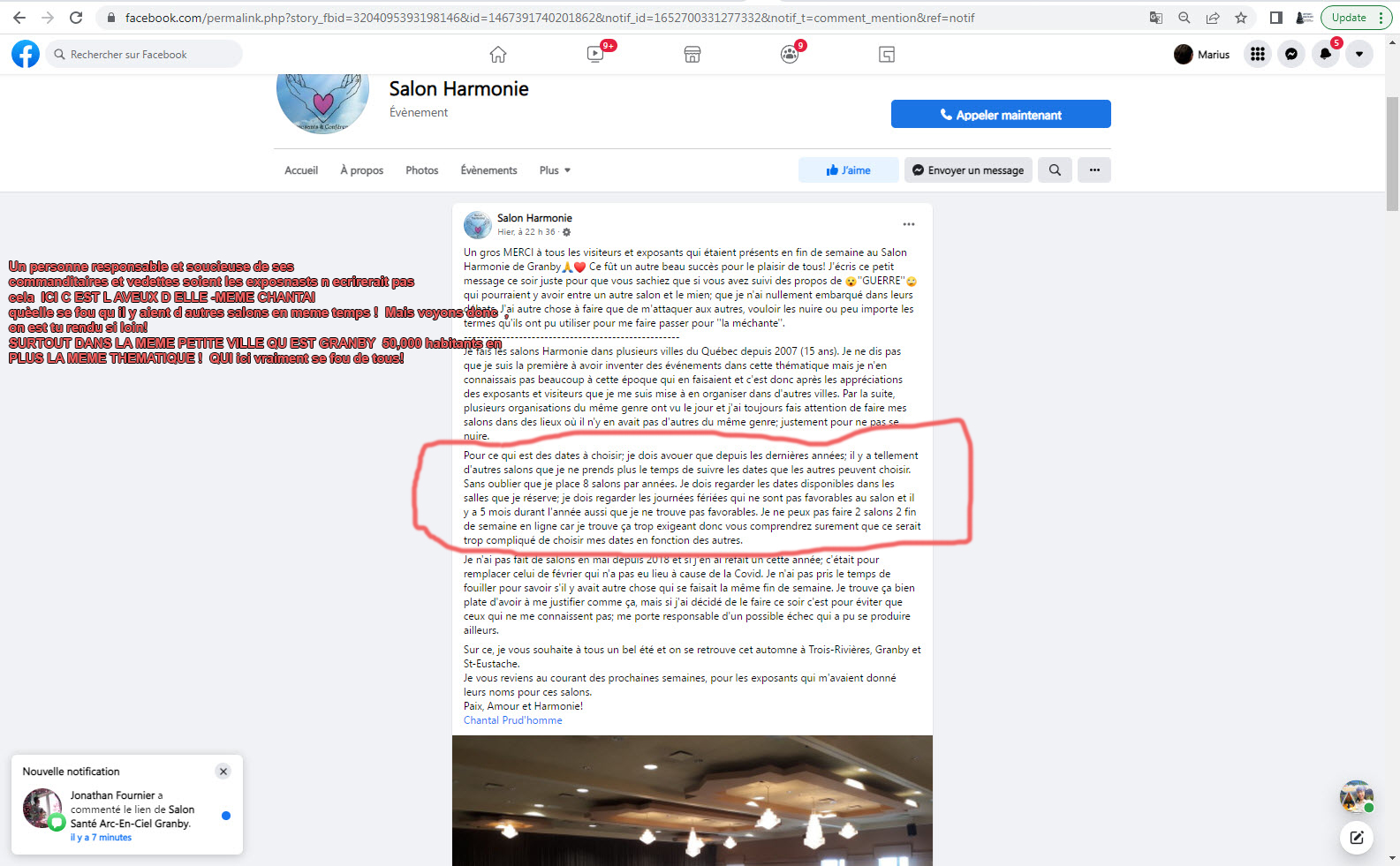

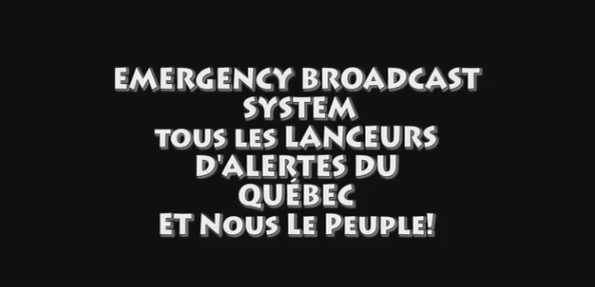

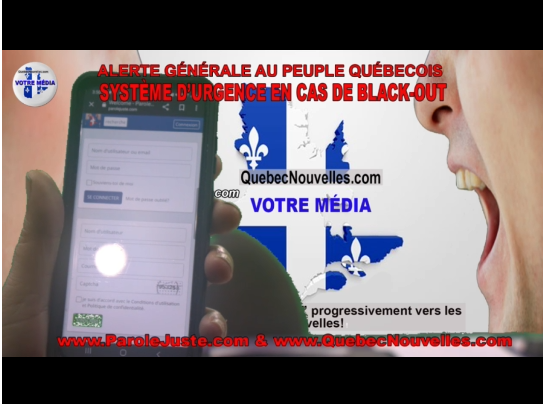




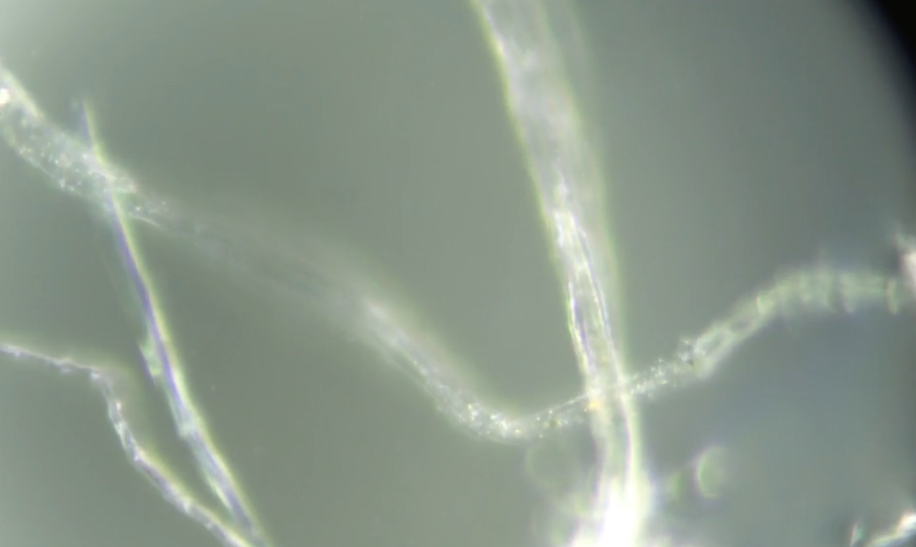


 French (CA)
French (CA)